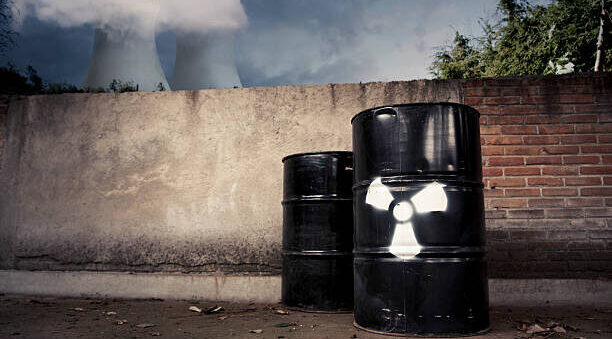
Iranian students, which began in early December of last year in Qom and spread to other cities in Iran, have drawn attention to children’s health statistics and the governmental policies in Iran. According to Mohammad Hassan Asfari, a member of parliament’s fact-finding committee to investigate the cause of student poisoning, by mid-March of this year, more than 5000 students, primarily girls, were poisoned for unknown reasons. Poisoning cases have been reported in 230 schools and 25 provinces, but the type of poison and the groups responsible for these actions have not been determined.
Despite previous statements by Islamic Republic officials about efforts to identify the origins of the poisonings and the perpetrators, no specific information has been released about the causes of poisoning and the type of toxins, three months after the beginning of these events. Moreover, the type of gases used in these incidents appears to have been different in various cases based on the experiences of the victims, the symptoms of the disease, and the clinical reports of the medical staff.
Some have dismissed these poisonings as a mere form of “social psychosomatic disorder,” but the reported symptoms and the approval of government officials refute this explanation. Dr Younes Panahi, deputy head of research and technology at the Ministry of Health, initially told reporters on Saturday, February 25, 2023, that the poisonings were intentional. However, he later corrected his remarks, stating that no accurate statement had been made regarding the external causes and intentionality of the poisonings.
On Monday, February 27, 2023, the “Payam Ma” newspaper reported the incidents and quoted the Deputy Minister of Health, Treatment and Medical Education, stating that after poisoning several students in Qom’s schools, it became clear that some individuals wanted all schools closed, especially girls’ schools. Alireza Monadi, chairman of the Parliament’s Education and Research Commission, linked these chain’s poisonings to the recent protests, stating that it was unclear why those who had sought to disturb and riot in the past months were now deliberately seeking to shut down girls’ schools.
According to media reports, the involvement of the Prosecutor General and the Ministry of Intelligence in pursuing repeated incidents of poisoning has increased the sensitivity of the issue. However, Homayoun Sameh Najafabadi, a member of the parliament’s health commission, confirmed the intentionality of the poisonings and stated that no report has been submitted to parliament despite the ongoing investigation by the Minister of Intelligence.
On Tuesday, February 29, the ISNA news agency quoted Health Minister Dr Bahram Einollahi, who stated that a mild toxin had caused mild poisoning in students, which did not result in any major complications. He also confirmed the formation of a special committee to investigate the matter. However, the investigation into the source of the poison and the intention behind the incidents does not fall under the jurisdiction of the Ministry of Health.

Similar incidents in other countries
Serial poisoning of female students in Afghanistan
Similar incidents of poisoning in other countries have been reported. From 2010 to 2015, there were several reports of poisoning incidents involving female students in Afghanistan. For instance, a CNN report in 2012 disclosed that over 140 female students and teachers were poisoned after drinking water contaminated with chemicals. In another report during the summer of 2015, more than 300 female students were poisoned by inhaling a mysterious gas. Based on findings, the poisonings were intended to create fear in female students and prevent them from continuing their studies, a tactic that the Taliban had employed in the past months.
Serial poisoning of students in Kosovo
On March 22, 1990, thousands of Kosovo students were poisoned by inhaling a mysterious gas that caused vomiting, severe seizures, and inflammation of the eyes and face. The exact information about these poisonings was not released, so it was called a “mysterious disease.” The poisoning continued until the end of 1990, and over 7,000 Albanians in Kosovo were affected. As the incident occurred amid tensions in the Kingdom of Yugoslavia, doctors from Albania and Serbia provided different explanations for the poisonings. Some even called it a psychosomatic disorder. However, some foreign doctors likened the symptoms to mild poisoning caused by organophosphates (nerve gases).
At IIPHA, we aim to investigate the issue based on evidence and reports from students and medical staff, though direct access to patients and laboratory samples is currently unavailable. Therefore, this report relies on scientific resources related to known gases and poisoning agents.
The information on this topic is subject to change as new evidence emerges, and the report will be updated accordingly.
آدرس ما در آمریکا
2785 PACIFIC COAST HWY. SUITE E719 TORRANCE, CA 90505 USA
به ما پیغام بفرستید
@theiipha
از ما بپرسید
info@iipha.org
به ما خبر بدهید
secure@iipha.org
